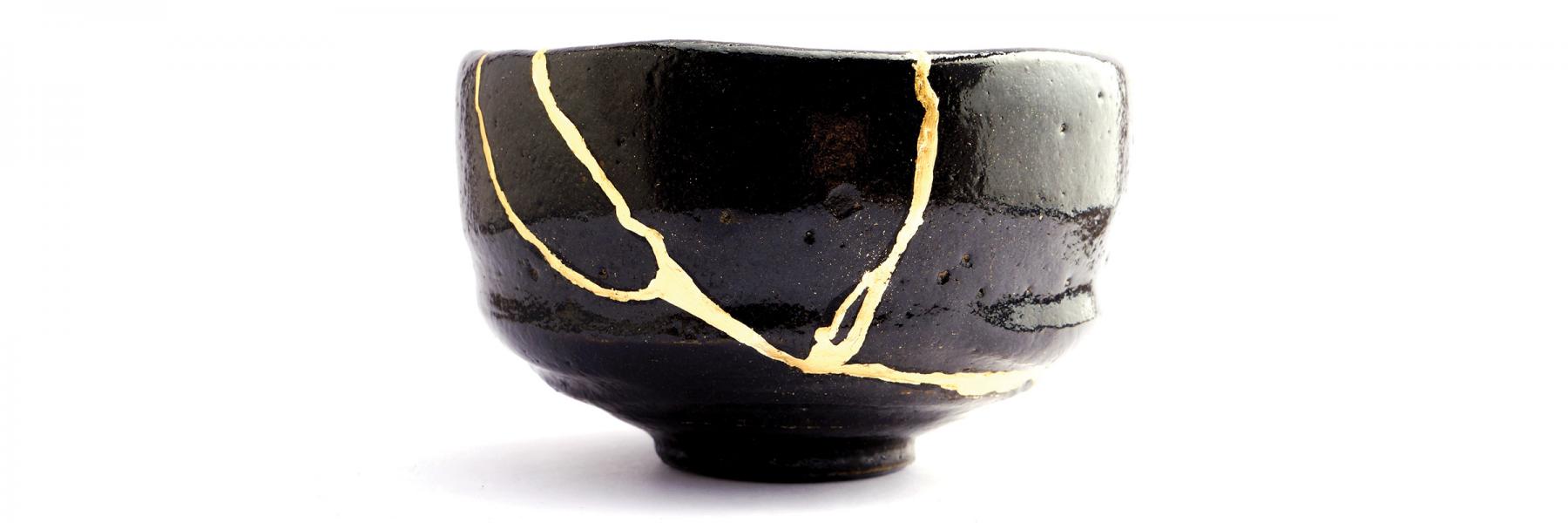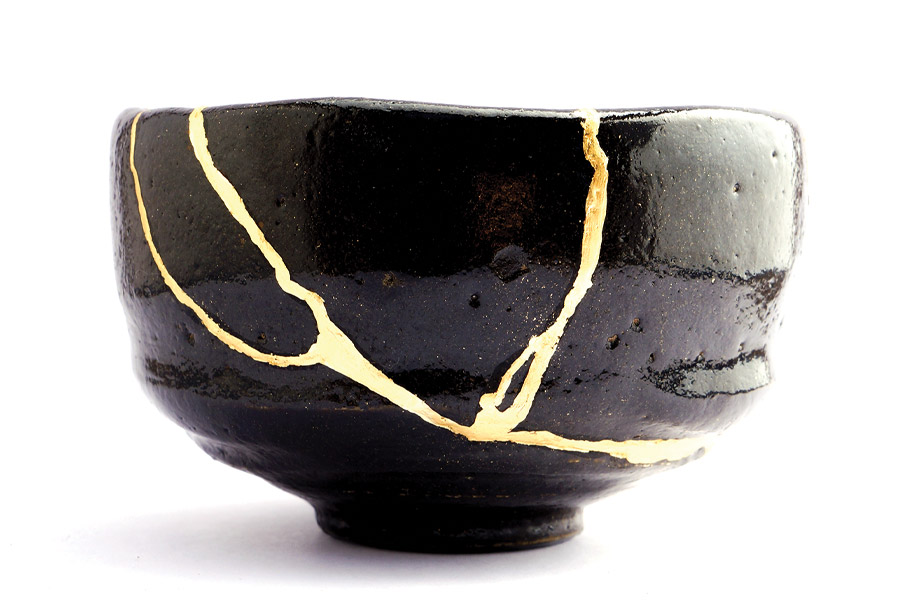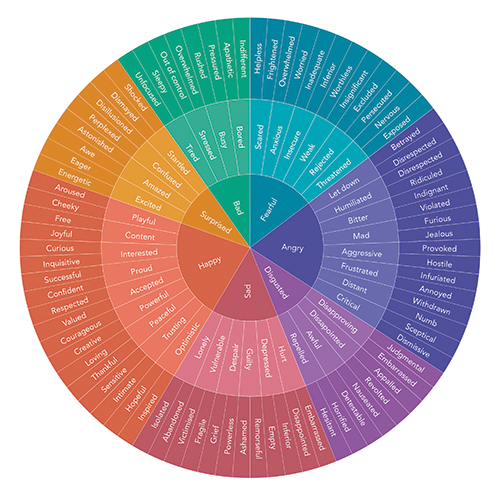
As the world attempts to bring the coronavirus pandemic under control, it’s also struggling to deal with the emotional effects of sheltering in place. How do isolation and the minimizing of social interaction affect us? This is where the “softer” side of HIV care can help. While the HIV epidemic needs medical development to control the virus, there’s also a need for personal and social care for everyone in the struggle, living with HIV or not. “Fearlessly Forward: Journaling to Fuel Mind, Body, and Spirit” was a panel discussion and workshop during the 2020 virtual U.S. Conference on HIV/AIDS (USCHA), held in October. Poet and educator Natalie Patterson led a panel—and an entire webinar audience—through a series of relaxation exercises to get at the heart of anxieties, all in the name of healing. —Enid Vázquez
You can write
“There is so much power in writing, and being able to articulate your emotions and really advocating for yourself,” said Natalie Patterson. “Self-care looks different for every single person. And because I’m a poet and because I’m a writer, I’ve designed a writing workshop. So, I hope all of you at home will join me and the Fearless Five [panelists] on a little writing adventure. This is really a tool. It’s one that I use for healing, for processing, and for activating my best life ever.”
Release judgment
“You are divine and perfect and absolutely amazing,” she said. “So you can’t do this wrong. I want you to just let go of any fear that might be rattling around in you. ‘I haven’t done that since third grade!’ Just let that go. Go ahead and let it go. You’re amazing. You have written things down before. You won’t get judged if you spell things wrong. That’s okay too. No one’s judging you. There is no judgment and this is really an opportunity.”
Kintsugi
“I want to start with this idea: It is this word kintsugi. Kintsugi means ‘join with gold.’ That’s the literal translation,” Patterson said. “It’s a 15th century Japanese practice that invites us to consider the philosophy behind kintsugi, which treats breakage and repair as part of the history of an object rather than something to disguise. And I love that. The process of repairing, instead of throwing something away. It’s literally a bowl that is filled with gold. It’s broken and then repaired. Over a month or up to two years this could be a process of bringing it back together. Filing it away by hand, so that all the grooves match.
Kintsugi is the Japanese art of putting broken pottery pieces back together with gold, based upon the idea that embracing flaws and imperfections can create an even stronger, more beautiful piece of art.
“It is reconstructed again. I love that because in many ways it mimics healing. It mimics the process of healing. I wanted to offer you this metaphor because the work that we’re going to do really mimics this art and this practice of kintsugi.”
Take a breath
“A little bit of warm up. We’re going to breathe a little bit. We’re going to breathe on purpose,” she said. “I know it’s a novel idea. And then we’re going to write some stuff. Maybe we’ll feel some new feelings by the end.”
Make a list
“I want to introduce you to intention building. Many of us do this practice anyway. Thinking about what intention you hold while entering a space. As a writer I know that if I’m not really feeling it, my writing is crappy. But when I ground myself and when I think about who I am and whose I am and what I’m trying to accomplish, something beautiful happens. So I want to invite you into that space.
“Think for a moment. What do you need to show up in this moment fully? What do you need? Maybe that’s to give yourself permission to be here. Maybe that’s to ignore the dog that’s barking behind you. (Laughing) Maybe that’s to try something new, to be playful. I want you to write that at the top of the page.”
Give it a spin! Explore your emotions. Coloring the wheel is an opportunity to get to know your feelings and contemplate each word. Source: blog.calm.com/blog/the-feelings-wheel
The Feelings Wheel
“I want to offer you this Feelings Wheel [see next page], created by Dr. Gloria Willcox, a psychotherapist. The first time I saw this, my entire mind was blown. The Feelings Wheel encourages you to know your feelings. In the center are the typical feelings that we generally have: happy, sad, angry, scared, powerful, and peaceful, the stuff we more typically experience. As we get further and further out on that circle, it’s more nuanced. It’s more articulate. It’s the things we don’t really talk about but might get at the root of the feelings we’re expressing to the world, the look on our face. Think about this, and think about what are you really carrying right now? What are the feelings you’re feeling right in this moment? I invite you to take a breath, an intentional breath. We breathe all day, but rarely on purpose. So take a breath. Find your center. And give yourself permission to investigate how you’re feeling right now. Just write a couple of words at the top of your page. How are you feeling right now? Name those feelings.
Take two
“I want you to jump in now to make some lists. You only have two minutes, so don’t overthink it. You don’t even have time to overthink it. I want you to make a list of the biggest things that are unfinished in your life. All the things, big or small, just name them. We don’t have to process them right now, but we can name them. That email you know you were supposed to respond to six weeks ago.
“Now, as you finish up, take a breath and think about how this feels, to look at this page filled with all these things that are unfinished, with all the things you’re worried about. Hold that paper up—and separate it from yourself. I want you to remind yourself that these words no longer exist inside your body. That’s a gift, to have a vantage point, to be able to see it clearly and from somewhere else. You no longer have to house these things inside of your own body. You can check back with them. You can look back at them and think, ‘Oh, these are my worries.’ But you don’t have to hold them in your spirit. There’s liberation in that.
Take two more
“I want you to now envision deeply. If I had a magic wand and I was your fairy godmother and I came through like, ‘Resolved! Resolved, resolved, resolved! You get freedom!’ None of these words exist anymore. The magic. How would you feel if all the things on your list were finished and complete? What if all of these things were gone? Really, really in your spirit—what would you feel like? The moment all of these things were complete and finished? What would be the feelings rattling around in your spirit? What would the look on your face look like if you had this kind of liberation? It’s all done. What would it feel like to stand in the sun of your liberation?
“So, I invite you to write for a moment or two just what that would feel like. Can you even imagine that for yourself? What would it feel like for all of these things to be resolved, for you to be standing in your freedom and liberation?
New day, new world
“As you’re sitting with and imagining this liberation and this freedom and all of these things resolved and completed, I want to know if you have been planning for your joy. Have we really been spending as much time with our joy and our future planning and our future world building? Have we been sitting with that as much as we sit with our worry?
“Because I think we need to, in these grim and dark times. We’ve got to be planning for a better day.
“We might be planning for the joy tomorrow, like the joy of our paycheck, but are we really imagining liberation for ourselves and for other people? Because that’s what we have to do to begin to heal ourselves, but also heal this world and these toxic thoughts.
“I love this exercise because it really gives us this opportunity to see where our cup is being filled. To see where we’re not paying attention to ourselves. To see where we’re giving too much. I love this because it’s an opportunity. Anytime we get to sit with our feelings and anytime we get to sit with our truth is an opportunity for us to get to know ourselves better. And that’s a gift. Even in the midst of tears. That’s purification. That’s releasing the toxicity. So, that’s blessed. There’s joy in that.
“So many of us feel, ‘If I wasn’t worried about something, who would I be?’ Really, that’s the invitation to think about. To solve these larger problems, we have to be larger people. We have to be people of integrity. We have to be noble. We have to be wise. Because if we’re not, we’re being circumstantial, situational. You see the evidence of that in the world. You look at everything and think, ‘Oh, this is a one-off. And this is a one-off. And this is a one-off.’ Instead of looking at the whole breadth of the experience.
“I think about being a Black woman. Being a Black queer woman. Being a Black queer artist. All these intersections—they’re not separate from me. They’re all the same lived experience. There’s my whole entire life. I’m not like, ‘Well, I’m going to be a Black woman today. And I’m going to be queer tomorrow.’ No, no, no. That’s not how it works. I walk out and I’m all of those things at the same time. It’s an opportunity to think about how we can be whole in the world—and be happy, and be with joy. It’s not, ‘Well, when this happens’ or ‘if this happens.’ No, no, no.
“We sit in both places at once. I think that’s the complexity of being human. We’re not superheroes. We’re human. We’re not weak. We’re strong.
“That freedom is a process. Healing is a process. And wherever you find yourself today, just take another step forward. And another step forward. And another step forward. We get preoccupied with the outcome sometimes. We’re like, ‘Well, I’m not liberated today!’ Well, that’s not how things happen in real life. It’s not Instagram, honey. Your healing ain’t going to be an upload. We’re going to have to do it every single day. Which is why I offer you this practice that you can continually come back to and return to yourself. Find your joy. Whether it’s from age 19, or 7 or 4. Come back to that and re-commit to it.
“I encourage you to practice this over and over. Wherever you are in the process is beautiful and information for yourself of how to stay tuned up, and really that’s the point. It’s a self-care practice, meaning every time we do it, we’re not going to be good at it. But sometimes we’re going to strike gold, and it’s going to be really, really beautiful.”
Positively Fearless is sponsored by Janssen Therapeutics. Watch videos of Positively Fearless panelists telling their stories at https://positivelyfearless.com/. There are several versions of the Feelings Wheel available for download online. At https://blog.calm.com/blog/the-feelings-wheel, there’s a black-and-white version for coloring, which is not only relaxing but helps people familiarize themselves better with the feelings on the wheel. For more from the presenter, go to https://www.natalieispoetry.com/.




